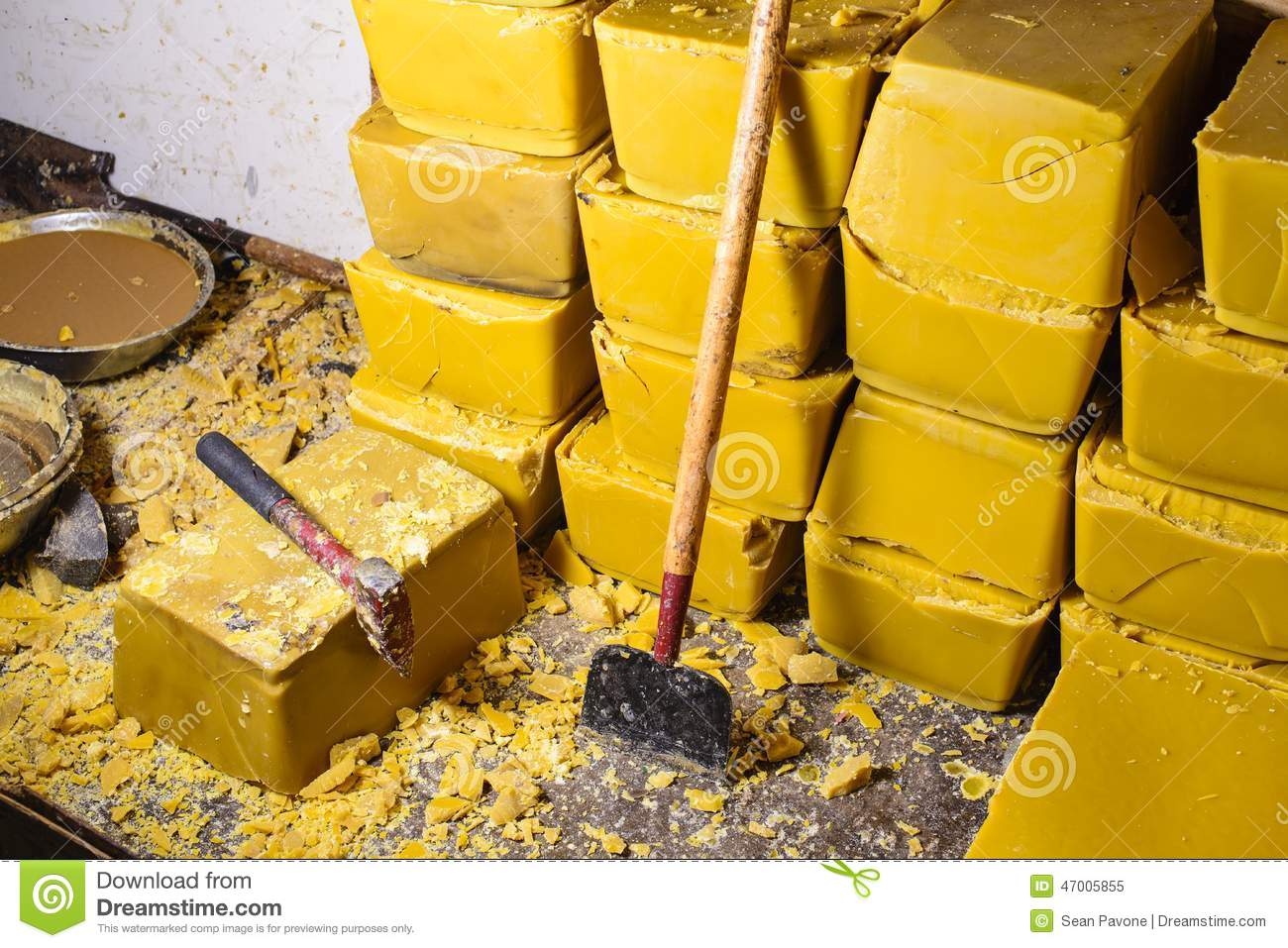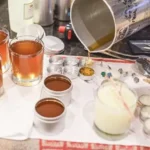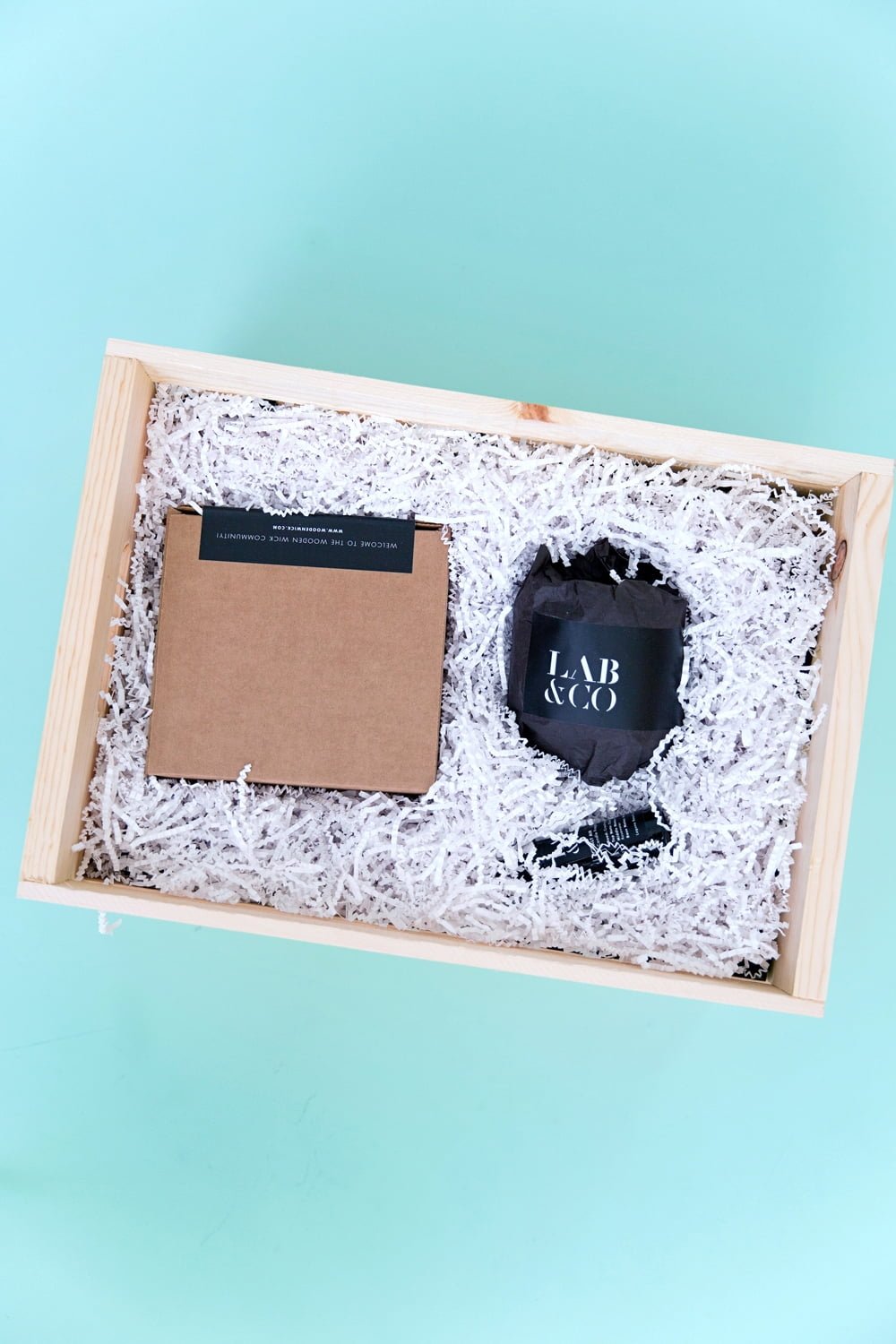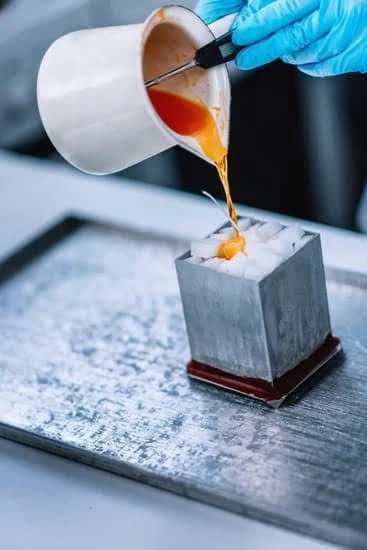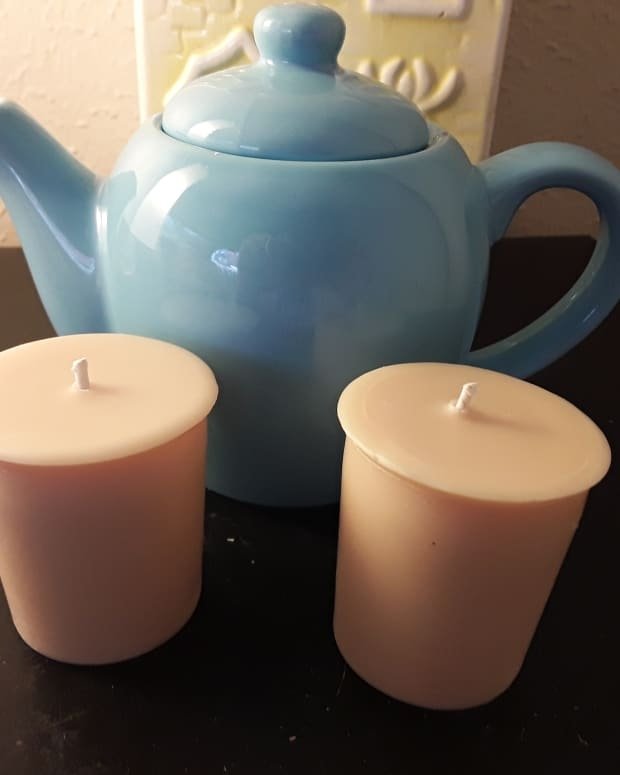Candle making has been a cherished craft for centuries, allowing individuals to create personalized and unique sources of light and ambiance. Today, the art of candle wax making at home has gained popularity as people seek to add a touch of creativity to their living spaces. From simple soy candles to intricate molded designs, the possibilities are endless when it comes to crafting your own candles.
The history of candle making dates back thousands of years, with early civilizations using various materials like tallow and beeswax to create sources of light. This craft was not only practical but also held cultural and religious significance in many societies. As time progressed, different types of waxes were discovered and utilized, leading to the diverse range of options available for modern-day candle makers.
Whether you are a beginner or a seasoned crafter, learning how to make candles at home can be a rewarding experience. Not only does it provide a sense of accomplishment, but it also allows you to customize your candles with colors, scents, and shapes that suit your personal preferences. With the right tools and materials, you can embark on a journey to explore the art of candle making and unleash your creativity in this time-honored tradition.
Types of Wax Suitable for Candle Making at Home
When it comes to candle wax making at home, choosing the right type of wax is crucial to ensure that your candles burn properly and give off a lovely scent. There are several types of wax that are commonly used in candle making, each with its own unique characteristics and benefits.
One of the most popular waxes for beginners is soy wax, which is natural, renewable, and easy to work with. Soy wax also has a clean burn and excellent scent throw, making it a great choice for homemade candles.
Another popular option for candle making at home is paraffin wax, which is known for its ability to hold color well and provide a strong scent throw. Beeswax is another natural option that has a lovely honey-like aroma and a beautiful natural color. Beeswax candles are long-lasting and have a subtle fragrance that many people enjoy.
For those looking for vegan-friendly options, palm wax and coconut wax are both excellent choices. Palm wax creates unique crystalline patterns in candles, while coconut wax has a clean burn and great scent throw.
Regardless of the type of wax you choose for your candle making project, make sure to do some research on the specific characteristics of each type to determine which one will best suit your needs. Experimenting with different waxes can also be a fun way to explore the world of candle making and discover what works best for you.
By selecting the right type of wax for your homemade candles, you can create beautiful creations that not only look great but also fill your home with delightful scents.
Essential Tools and Materials Needed for Candle Making
When it comes to venturing into the world of candle making at home, having the right tools and materials is essential to ensure a successful crafting experience. One of the key components in candle making is, of course, the wax. There are several types of wax suitable for making candles at home, each with its unique properties and benefits.
Some common options include paraffin wax, soy wax, beeswax, and palm wax. Depending on your preference and the type of candles you want to create, choosing the right wax is crucial in achieving the desired results.
In addition to wax, there are other essential tools needed for candle making. These include a double boiler or a dedicated melting pot for heating the wax, a thermometer to monitor temperature accurately, molds or containers for shaping the candles, wicks that are appropriate for the type of wax being used, a stir stick for mixing in color and fragrances, as well as safety equipment such as gloves and aprons to protect yourself from hot wax.
Having these tools on hand will make the candle making process smoother and more enjoyable.
| Essential Tools | Materials Needed |
|---|---|
| Double boiler/melting pot | Wax (paraffin/soy/beeswax/palm) |
| Thermometer | Wicks |
| Molds/Containers | Colorants/Fragrances |
| Stir stick | Safety equipment (gloves/aprons) |
By having these items organized and ready-to-use before starting your candle-making project, you can confidently dive into this craft with all the necessary resources at hand. Remember that quality tools and materials not only make the process more efficient but also contribute to achieving beautiful and professionally finished homemade candles.
Step-by-Step Guide on How to Melt and Prepare the Wax
Candle making at home can be a fulfilling and creative hobby that allows you to customize your own candles to suit your preferences. One essential step in this process is melting and preparing the wax for pouring into molds. Here is a step-by-step guide on how to properly melt and prepare candle wax at home:
- Choose the right type of wax: Beeswax, soy wax, paraffin wax, and palm wax are some common options used for candle making at home. Each type of wax has its own melting point and characteristics, so choose one that best fits your needs.
- Gather your materials: In addition to the chosen wax, you will need a double boiler or a heat-resistant container for melting the wax, a thermometer to monitor the temperature, a stirring utensil, and any color dyes or fragrance oils you wish to add to your candles.
- Melt the wax: Begin by placing your desired amount of wax into the double boiler or heat-resistant container. Heat the wax gradually over low to medium heat, stirring occasionally to ensure even melting. Use the thermometer to monitor the temperature – most waxes melt between 120°F to 180°F.
Once the wax has reached its melting point, it’s ready to be poured into molds or containers. Remember to always exercise caution when handling hot wax and follow proper safety measures throughout the candle making process. By following these steps, you can successfully melt and prepare candle wax at home for creating beautiful homemade candles decorated with vibrant colors and soothing fragrances.
Adding Color and Fragrance to Your Homemade Candles
When it comes to making your own candles at home, adding color and fragrance can truly elevate the sensory experience. Not only do colored and scented candles offer aesthetic appeal, but they also provide a delightful aroma that can enhance any room in your home. There are various methods and options available for incorporating color and fragrance into your homemade candles, allowing you to customize them according to your preferences.
Choosing Colors
One of the most popular ways to add color to candle wax is by using dye chips or liquid candle dyes. Dye chips are convenient and easy to work with as they can be simply added to the melted wax until the desired shade is achieved.
Liquid candle dyes offer more versatility in terms of color intensity but require careful measurement to avoid overpowering hues. Additionally, natural colorants such as beetroot powder or turmeric can be used for a more eco-friendly option.
Infusing Fragrance
To impart a pleasant scent to your homemade candles, fragrance oils are commonly used. These concentrated oils come in a wide range of scents, from floral and fruity to woody and spicy notes.
When adding fragrance oil, it is important to follow the recommended guidelines provided by the manufacturer to ensure the right balance of scent in your candle. For those looking for a natural alternative, essential oils extracted from plants can also be utilized for a more subtle aroma in their candles.
Different Techniques for Molding and Shaping Candles
When it comes to candle making at home, the possibilities for molding and shaping candles are endless. Whether you prefer classic pillar candles, decorative container candles, or unique shaped candles, there are several techniques you can explore to bring your candle making creations to life. Here are some popular techniques for molding and shaping candles:
- Container Candles: One of the simplest ways to mold candles is by pouring melted wax into a container of your choice. This could be a mason jar, tea cup, or any other heat-resistant vessel. Container candles are not only easy to make but also offer the flexibility to experiment with different colors and fragrances.
- Pillar Candles: Pillar candles are cylindrical in shape and can be made using molds designed specifically for this purpose. You can create custom pillar candles by layering different colored wax or adding decorative elements like dried flowers or herbs between layers.
- Shaped Candles: For those looking to get creative, there are endless possibilities for shaping candles using molds in various designs such as hearts, stars, animals, and more. Silicone molds are especially popular for creating detailed and intricate shapes.
Experimenting with different molding and shaping techniques allows you to personalize your homemade candles and create unique pieces that reflect your style and creativity. Whether you choose to keep it simple with classic shapes or venture into more elaborate designs, molding and shaping candles adds a fun and artistic touch to the candle making process.
Before diving into molding and shaping your own candles at home, make sure you have all the necessary tools and materials ready. From molds of different shapes and sizes to coloring agents and fragrances, having a well-equipped workspace will ensure smooth sailing throughout the candle making process. With practice and experimentation, you’ll soon discover which molding techniques suit your preferences best in the exciting world of candle wax making at home.
Tips for Troubleshooting Common Candle Making Problems
Troubleshooting common candle making problems can be crucial in ensuring that your homemade candles turn out as expected. One common issue that candle makers face is tunneling, which refers to a hole forming down the center of the candle instead of burning evenly. This problem often occurs when the wick is too small for the diameter of the candle.
To avoid tunneling, make sure to use a wick size appropriate for the container or mold you are using. Additionally, letting the candle burn long enough during each use can help prevent tunneling.
Another common problem in candle making is frosting, which appears as a white film on the surface of the candle. Frosting is caused by temperature fluctuations during cooling and is more common in soy wax candles. To reduce frosting, try pouring your wax at a slightly higher temperature and avoiding drastic changes in temperature while the candles are setting. Some crafters even embrace frosting as it can add a rustic or vintage look to homemade candles.
Lastly, air bubbles trapped within the wax can also be an issue when making candles at home. These air bubbles can create holes or imperfections in your finished product. To minimize air bubbles, try gently tapping the container or mold once you pour the wax to release any trapped air. You can also try pouring the wax at a slightly higher temperature to help these bubbles rise to the surface before solidifying.
| Troubleshooting Tip | How-To |
|---|---|
| Tunneling prevention | Use appropriate wick size and let candle burn long enough |
| Frosting reduction | Pour wax at higher temperature and avoid extreme temperature changes |
| Air bubble minimization | Tap container after pouring and pour wax at higher temperature |
Safety Precautions and Best Practices for Handling Hot Wax
Importance of Safety Measures
When it comes to candle wax making at home, safety should always be a top priority. Working with hot wax can pose certain risks if proper precautions are not taken. It is essential to understand the potential hazards and to follow best practices to ensure a safe and enjoyable candle-making experience. Not only does this protect you from accidents, but it also contributes to the overall success of your homemade candles.
Protective Gear and Work Environment
Before embarking on any candle making project, make sure you have the appropriate protective gear. This includes heat-resistant gloves, safety goggles, and an apron to shield your skin and eyes from hot wax splatters. It is also important to work in a well-ventilated area to prevent inhalation of fumes and to have a clean and clutter-free workspace to minimize the risk of accidents. Additionally, keep a fire extinguisher nearby as a precautionary measure in case of emergencies.
Handling Hot Wax Safely
When melting wax for candle making, it is crucial to do so using a double boiler or a dedicated wax melter to reduce the risk of fire hazards. Never leave melting wax unattended, and always use a thermometer to monitor the temperature closely. Avoid overheating the wax as it can lead to spontaneous combustion.
When pouring hot wax into molds or containers, do so carefully and steadily to prevent spills or splashes. Remember that prevention is key when it comes to handling hot wax safely during candle making at home.
Creative Ways to Personalize and Decorate Homemade Candles
Personalizing and decorating homemade candles is a fun and creative way to make your creations truly unique. There are endless possibilities when it comes to adding your own personal touch to your candles. One popular method is to embed objects into the wax, such as dried flowers, herbs, or even small trinkets. This not only adds visual interest but can also enhance the scent of the candle as well.
Another way to personalize your candles is by using different molds to create various shapes and sizes. You can find molds in a wide range of designs, from simple geometric shapes to intricate patterns and figures. Experimenting with different molds can give your candles a distinctive look that sets them apart from store-bought varieties.
For those who enjoy getting crafty, you can try your hand at painting or decorating the surface of your candles. Use acrylic paint, glitter, beads, or ribbons to add flair and personality to your creations. You can also consider using decoupage techniques to apply decorative paper or fabric onto the outside of the candle for a more textured finish.
By taking the time to personalize and decorate your homemade candles, you not only infuse them with your own style and creativity but also make them extra special for gifting or displaying in your home. Whether you prefer a minimalist aesthetic or colorful embellishments, there are countless ways to make each candle a reflection of your personal taste and artistic vision.
By exploring different techniques and materials, you can truly make each candle a work of art created with love and care through the process of candle wax making at home.
Conclusion
In conclusion, engaging in candle wax making at home offers a rewarding experience that combines creativity with craftsmanship. The process of creating your own candles allows for a personalized touch that cannot be replicated by store-bought alternatives. From selecting the type of wax to adding color and fragrance, every step along the way adds to the satisfaction of seeing your vision come to life in the form of a beautifully crafted candle.
Not only does candle making at home allow for customizing scents and colors, but it also provides a sense of accomplishment and fulfillment. The act of handcrafting something as essential and versatile as a candle can be meditative and therapeutic, offering a break from the stressors of daily life. Whether you are experimenting with different molds or perfecting your technique, there is an undeniable joy in witnessing your creation take shape before your eyes.
In essence, delving into the world of candle making at home opens up a realm of possibilities for self-expression and exploration. With the right tools, materials, and guidance, anyone can embark on this creative journey and discover the satisfaction that comes with crafting something unique with their own hands.
So why not try your hand at this time-honored tradition? Light up your space with candles made from the heart, infused with passion and creativity through the art of homemade candle making.
Frequently Asked Questions
What Are the Ingredients of Candle Wax?
Candle wax is primarily composed of paraffin wax, soy wax, beeswax, or palm wax. Each type of wax has its own unique characteristics that affect the candle’s burn time, fragrance throw, and overall quality.
What Are the Best Ingredients for Homemade Candles?
The best ingredients for homemade candles depend on personal preference and the desired outcome. Soy wax is a popular choice due to its clean burning properties and eco-friendly nature. Essential oils can be added for scent, while natural dyes can be used for coloring.
How Do You Make Candles From Scratch to Sell?
Making candles from scratch to sell involves several key steps. This includes selecting high-quality ingredients, such as soy or beeswax, choosing a container or mold, adding fragrance and colorants, melting the wax, pouring it into containers, inserting wicks, and allowing the candles to cool and set before labeling and packaging them for sale.
Marketing strategies are also crucial in selling homemade candles successfully.

Welcome to my candle making blog! In this blog, I will be sharing my tips and tricks for making candles. I will also be sharing some of my favorite recipes.

